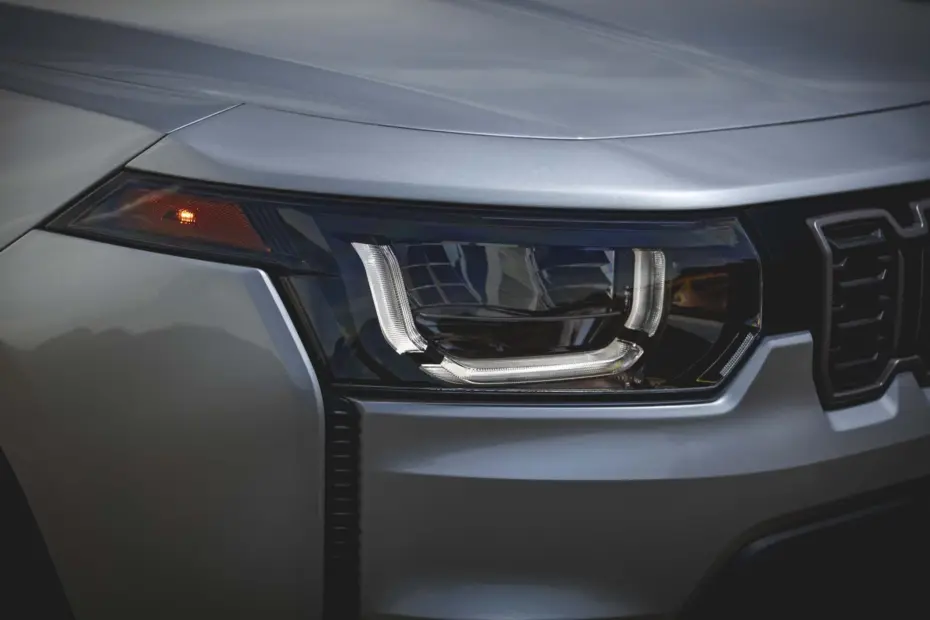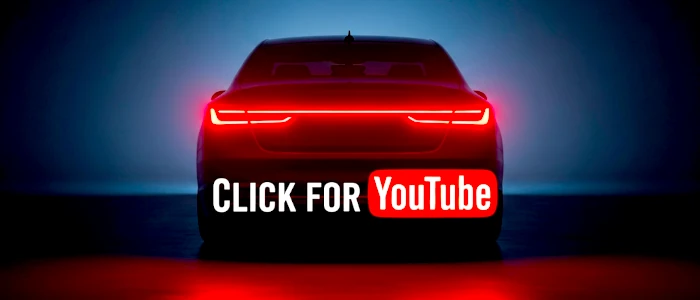The Jeep Cherokee has returned after a hiatus and, wow, it’s back big. It’s grown, become smarter, and now is a hybrid with 4×4 in all versions. Here I’ll tell you what’s changed, what’s good, what issues there are, and whether it’s worth your money in dollars or euros.
What really changed in the design and space of the 2026 Cherokee?
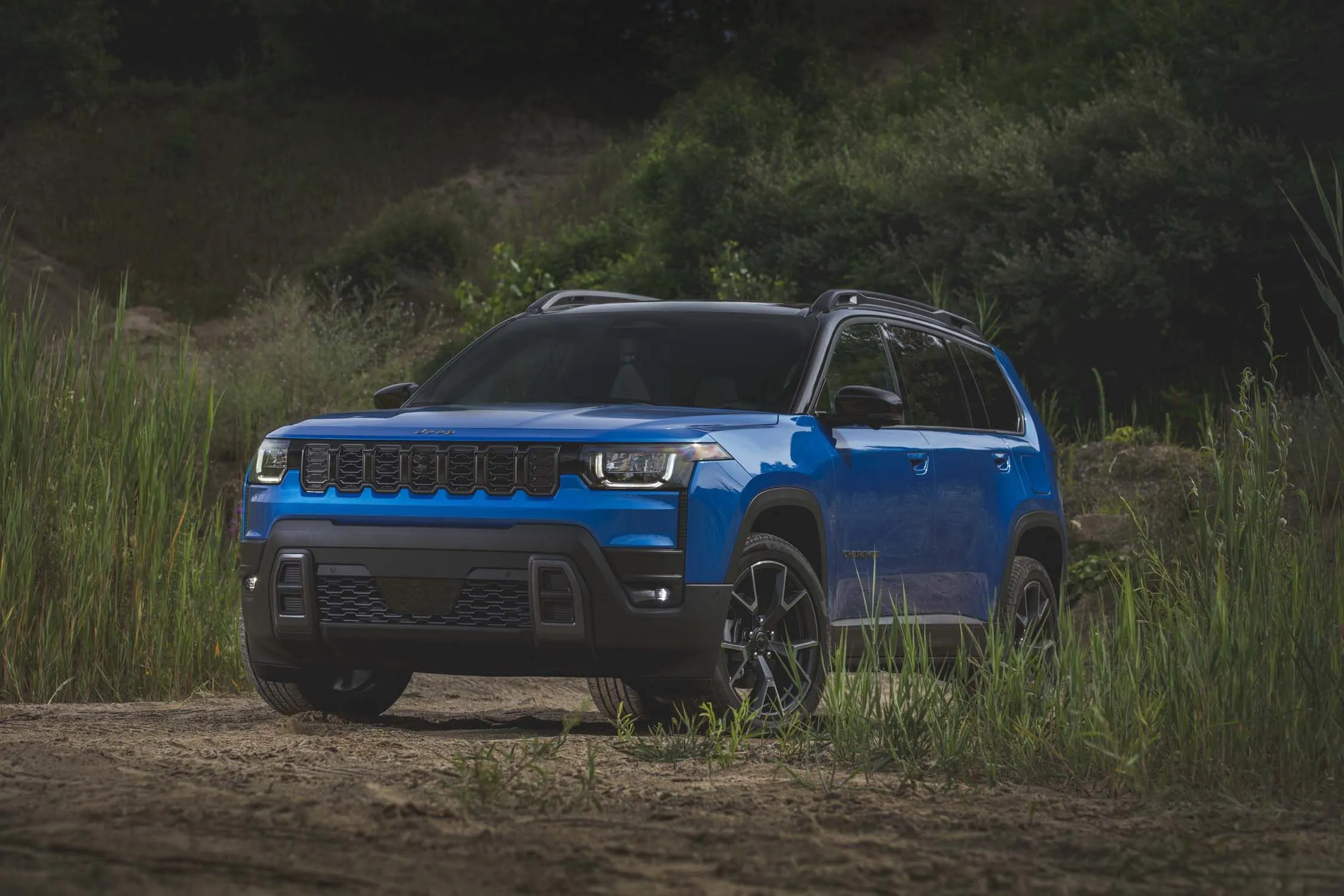
The visual appeal abandoned controversial curves and embraced boxy lines, a high hood, and rectangular LED headlights. It’s a return to roots without looking like a cheap cosplay of the XJ. The iconic seven-slot grille remains, and the taillights evoke “Jerry Can” jerry cans. Result: a strong presence and zero look of a generic SUV — the kind that makes you do a double-take in the parking lot, wow.
The STLA Large platform elevated everything: length, width, height, and wheelbase all grew, and the trunk now offers 951 liters of cargo space (1,935 liters with seats folded). For those who really need to carry gear, this was the missing turn. To understand the technical base of this multi-energy architecture, it’s worth viewing Stellantis’ official overview of the STLA platform.
The language alignment with other modern Jeeps is also clear. Especially, those who enjoy the brand’s electric side will notice similarities with the Jeep Wagoneer S 2025, which is also built on STLA Large.
What’s the interior and how does the Uconnect 5 tech work in practice?
Modern and functional cabin, with a 10.25-inch instrument cluster and a 12.3-inch multimedia touchscreen in all versions. A good mix of physical buttons (for climate control and volume, thank goodness) with touch controls. The new trapezoidal steering wheel offers straightforward ergonomics and sustainable materials without resorting to animal leather.
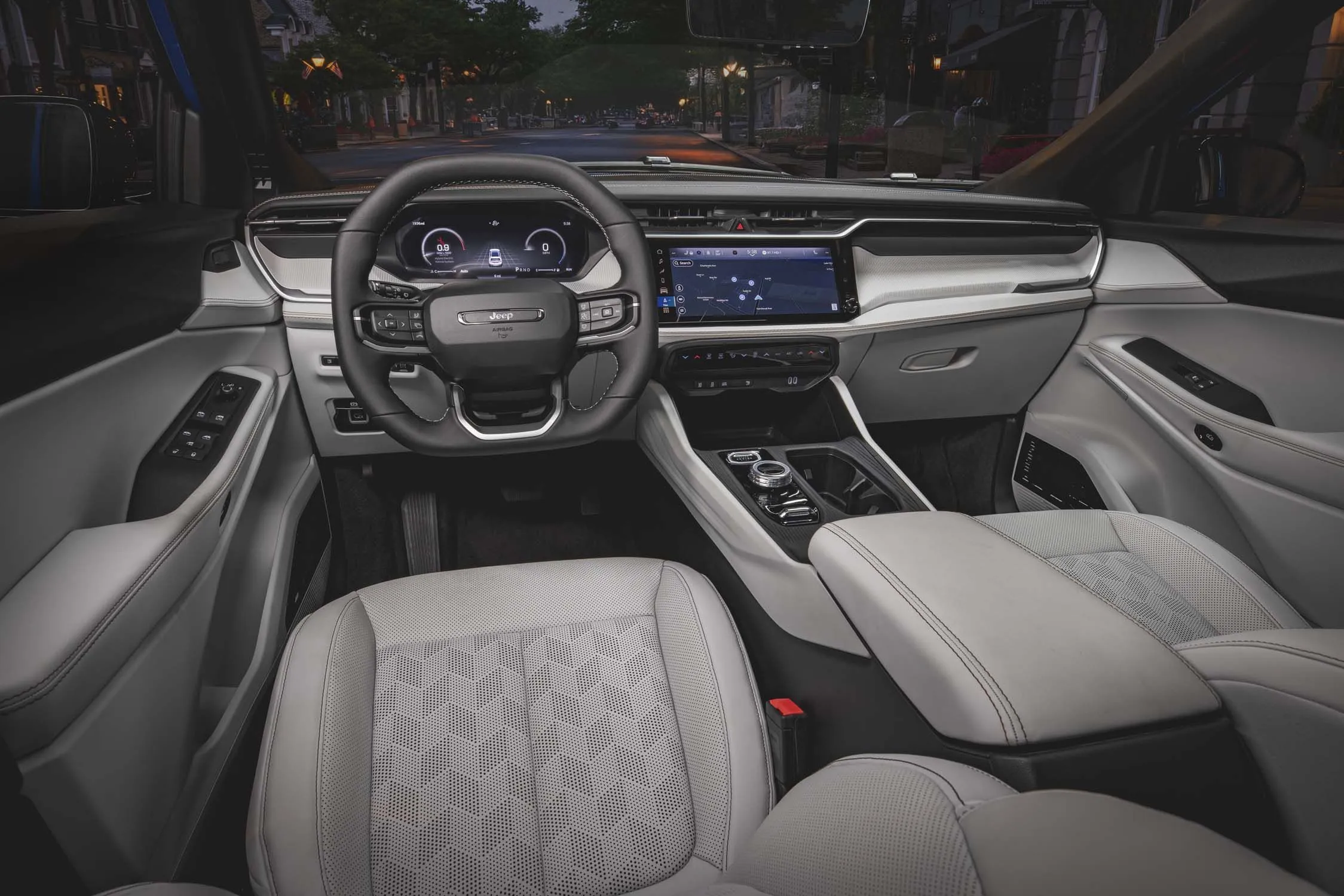
The core of the system is the Uconnect 5, with quick responses and modern integrations. This isn’t empty marketing: it’s one of the best systems in the segment today, as Jeep details in the ecosystem of Uconnect 5. It’s tech that almost makes you forget your phone for a few minutes.
Does the standard hybrid 4×4 offer real fuel economy and performance?
Yes. The non-plug-in hybrid powertrain combines a 1.6 turbo gasoline engine (around 177 horsepower; 300 Nm of torque) with two electric motors and a 1.0 kWh battery. Overall, it produces 210 horsepower and 312 Nm, managed by a dedicated hybrid e-CVT transmission. The focus is daily efficiency, with honest responses at low and mid-range RPMs.
Numbers speak for themselves: estimated combined fuel consumption of about 6.4 L/100 km (roughly 36.8 mpg) and a range of over 500 miles (approximately 800 km) on a full tank. And the cherry on top: standard 4×4 with disengageable rear axle for fuel savings. Against established hybrids, it packs a punch — even compared to what the Honda CR-V Hybrid TrailSport 2026 promises in adventure capability.
Is it a true Jeep with proper traction, Selec-Terrain, and off-road capabilities?
The Active Drive I system features a mechanical connection between the axles and an automatic rear engagement when needed. You can even lock it at 50:50 when things get tough. Ground clearance is 8 inches (204 mm), and approach/departure angles are 19.6°/29.4°, putting the Cherokee above average for urban driving — it’s not a tank, but more rugged than many “mall SUVs.”
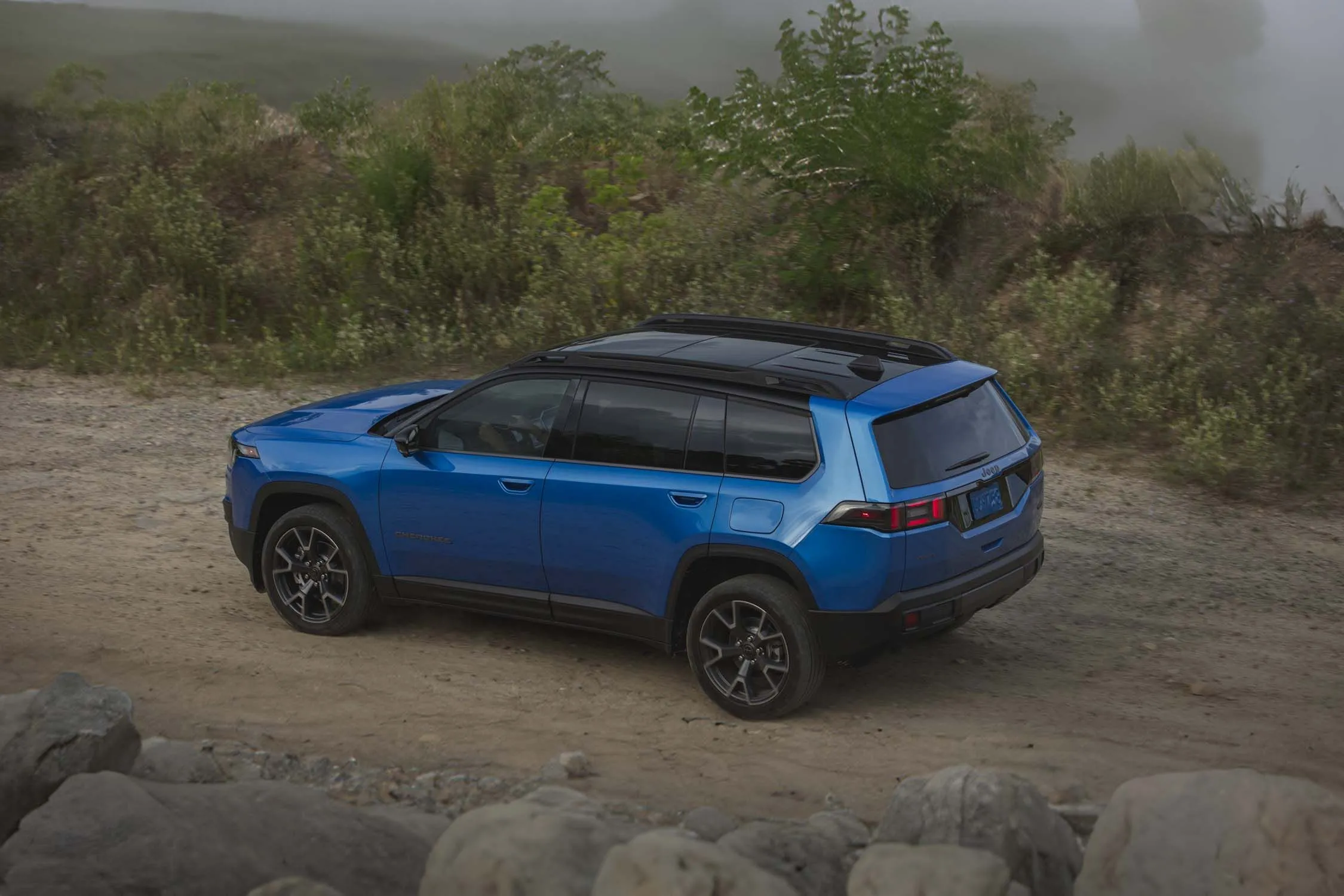
Selec-Terrain offers modes such as Auto, Sport, Snow, and Sand/Mud. Is the Trailhawk version missing? Yes, unfortunately, but it’s promised and should add raised suspension, all-terrain tires, underbody protection, and more robust traction. Meanwhile, those into light trail driving will feel right at home, in the spirit of the rival that’s been selling “trail style” for years, the Ford Bronco Sport 2025.
What versions are available, what are the prices in $/€, and what does each include?
Four trim levels at launch: Cherokee (base), Laredo, Limited, and Overland. All come with the full ADAS package (adaptive cruise control, auto emergency braking with pedestrian/cyclist detection, blind-spot monitor, drowsiness alert), digital dashboards, and keyless entry. In terms of price, expect starting around $36,995 (about €34,000), gradually increasing with options like ventilated seats, premium sound system, 360° camera, and panoramic sunroof.
Quick summary of the hierarchy: Base is well-equipped; Laredo adds practical comfort; Limited offers better finishes and comfort features; Overland is the top with all the available features. Taxes vary by region, so check local costs, but the message is clear: it’s not the cheapest, but the most complete at the initial price tag. To see where the brand is heading in serious off-road electrification, check out the Jeep Recon 4xe 2026.
Who does it compete with, and who has the advantage in real-world use?
The targets are clear: hybrids with all-wheel drive and a family/adventure-oriented purpose. Combined power of 210 horsepower, a towing capacity of 3,500 lbs (1,587 kg), and 1,935 liters of cargo space (seats folded) make the package competitive. Note that the 8-inch (204 mm) ground clearance isn’t the highest in the class, but its approach/departure angles compensate well.
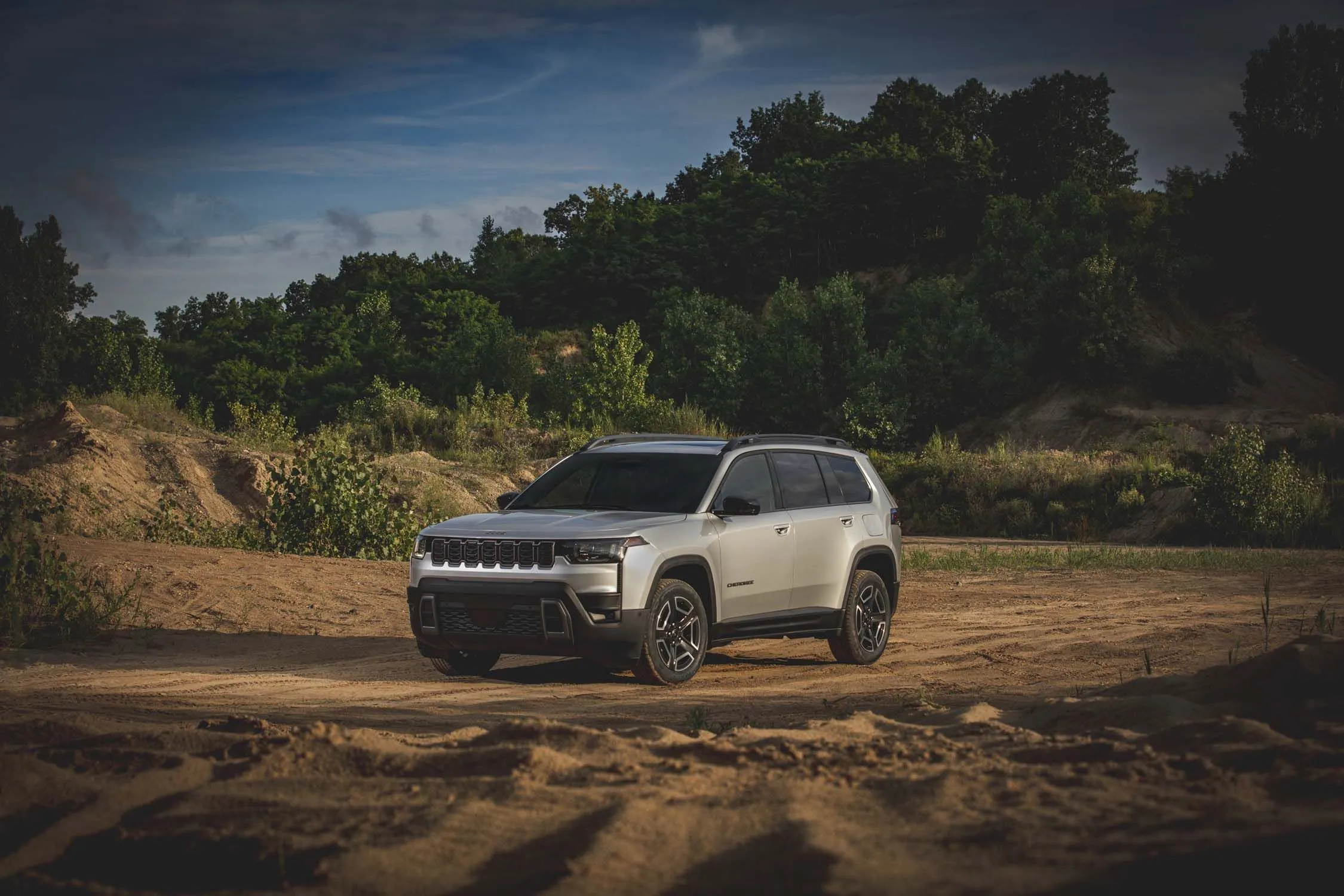
In the market leaders, fuel economy is a key factor. The Cherokee ties well in mixed use and even comes standard with 4×4, a feature many rivals sell as an expensive optional. If you follow what Toyota does with its best-seller, compare with the Toyota RAV4 2026 (GR Sport) and draw your conclusions.
Quick comparison vs. competitors
- Power: 210 hp (Cherokee)
- Fuel economy: 6.4 L/100 km
- Towing capacity: 3,500 lbs (1,587 kg)
- Ground clearance: 8 inches (204 mm)
- Cargo space: up to 1,935 liters
- 4×4: standard
Should you buy now or wait for PHEV, BEV, and Trailhawk versions?
If you want efficiency + 4×4 now, buying now makes sense. The conventional hybrid simplifies life, has great range, and the safety/tech package is already comprehensive. Want more electric performance, pure EV mode, and heavy-duty off-road capability? Then waiting for the 4xe (PHEV) and Trailhawk models is a smart strategy.
The future BEV is plausible on the STLA Large platform, reinforcing the group’s multi-energy vision. In summary: today it’s already a “mid-size SUV for everything,” without drama. Tomorrow, it could become a “mid-size SUV for everything and more,” with fully electrified variants. If you’re curious about Jeep’s push into electric, check out the Wagoneer S 2025 to gauge expectations.
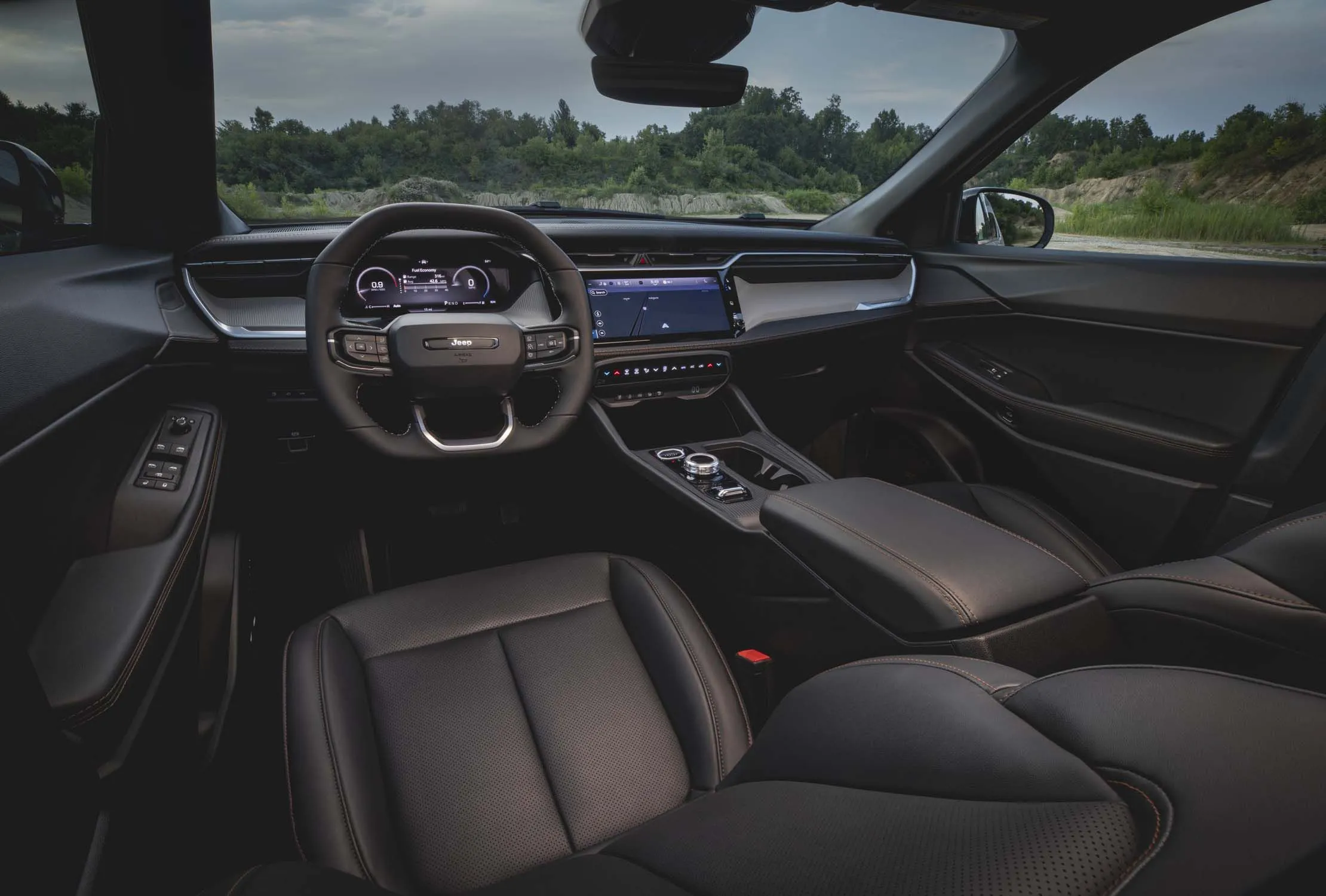
Quick FAQ
- What’s the combined horsepower and torque? 210 hp and 312 Nm, with e-CVT and standard 4×4.
- What’s the fuel consumption and range? Estimated 6.4 L/100 km (about 36.8 mpg) and over 500 miles (more than 800 km) on a full tank.
- How much can it tow? Up to 3,500 lbs (1,587 kg), depending on configuration.
- Does it have a 100% electric mode? Not in this conventional hybrid; PHEV (4xe) is the way to go.
- When does the Trailhawk version arrive? Confirmed soon, with reinforced off-road hardware.
Essential tech specs (summary)
- Engine: 1.6L turbo + 2 electric motors
- Battery: 1.0 kWh (non-plug-in)
- Power/Torque: 210 hp / 312 Nm
- Drivetrain: Active Drive I 4×4
- Transmission: dedicated e-CVT
- Fuel economy: 6.4 L/100 km
- Ground clearance: 8 inches (204 mm)
- Cargo capacity: 951–1,935 liters
My final assessment: hits and little annoyances
What Jeep did here is simple and smart: standardized hybrid and 4×4, provided a large screen for everyone, genuinely improved space, and eliminated the controversial design. In exchange, it adopted a higher entry price in dollars/euros, and towing capacity has decreased compared to older V6 models — which will be tough for those towing heavy trailers. For me, this is the most coherent Cherokee in years: practical, efficient, capable. I would only say “darn” for having to wait for the Trailhawk for serious off-road capability and the 4xe lineup to enjoy electric in daily driving. But overall, it’s an easy buy for anyone wanting a full-size SUV with Jeep DNA without fuss.
Want to compare it to the adventurous spirit of its rivals? Keep an eye on what Ford is doing with the Bronco Sport and the balance of Japanese hybrids like the CR-V Hybrid TrailSport and the RAV4 2026. The 2026 Cherokee arrives to compete in this mix — and does so well.
Liked the return of the Cherokee? Agree with the standard hybrid 4×4 approach or think it lacked boldness? Leave your comment and let’s chat.
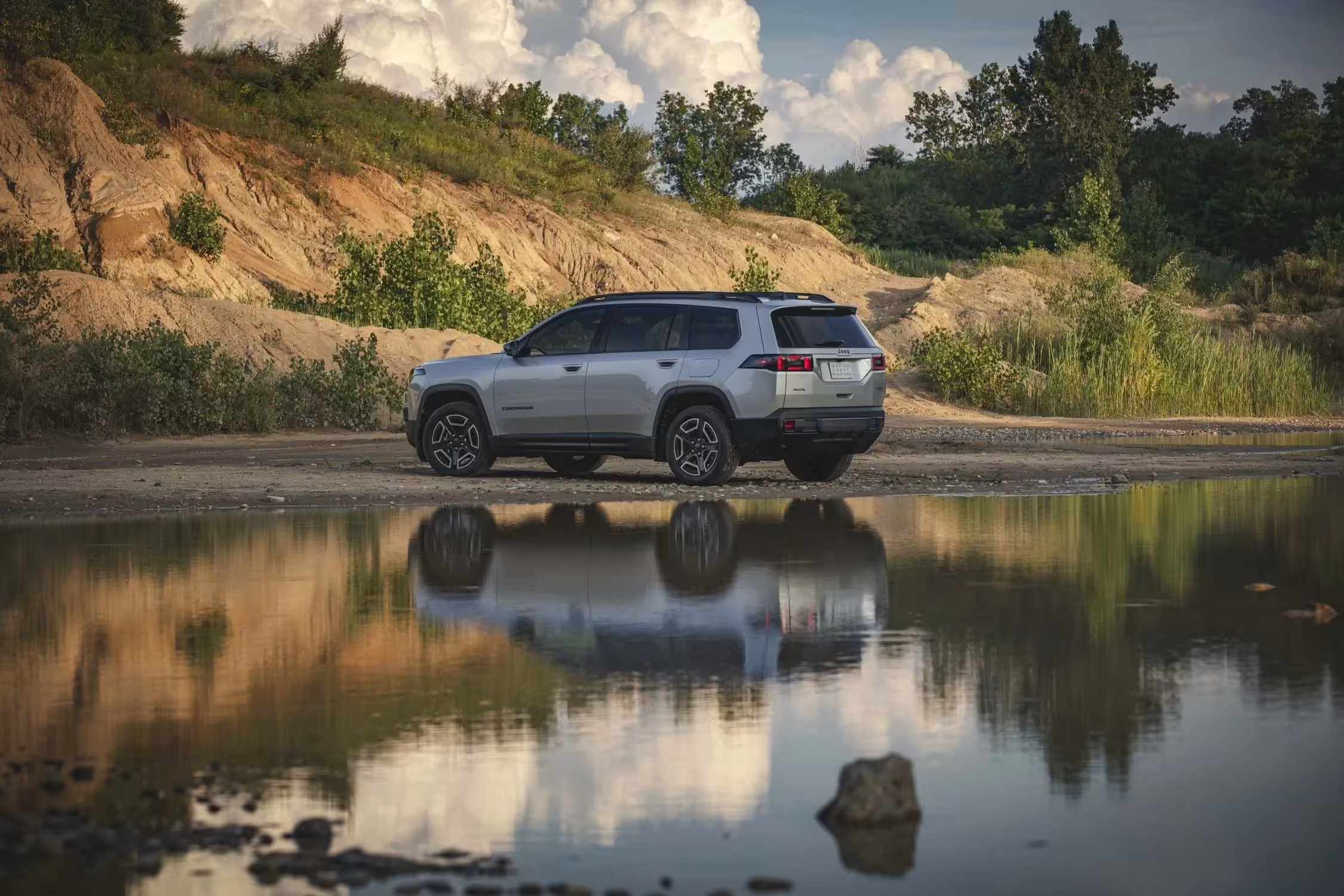
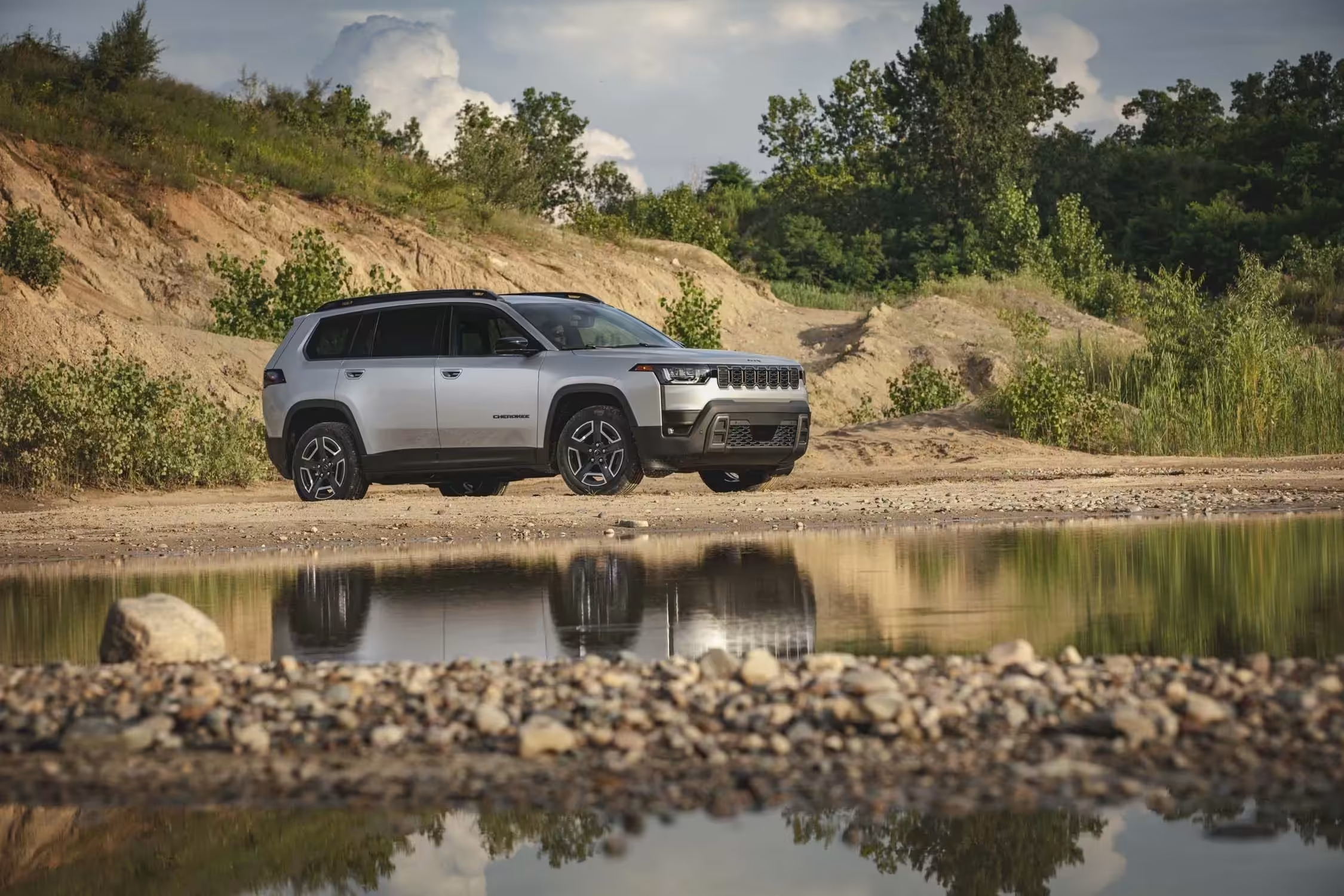

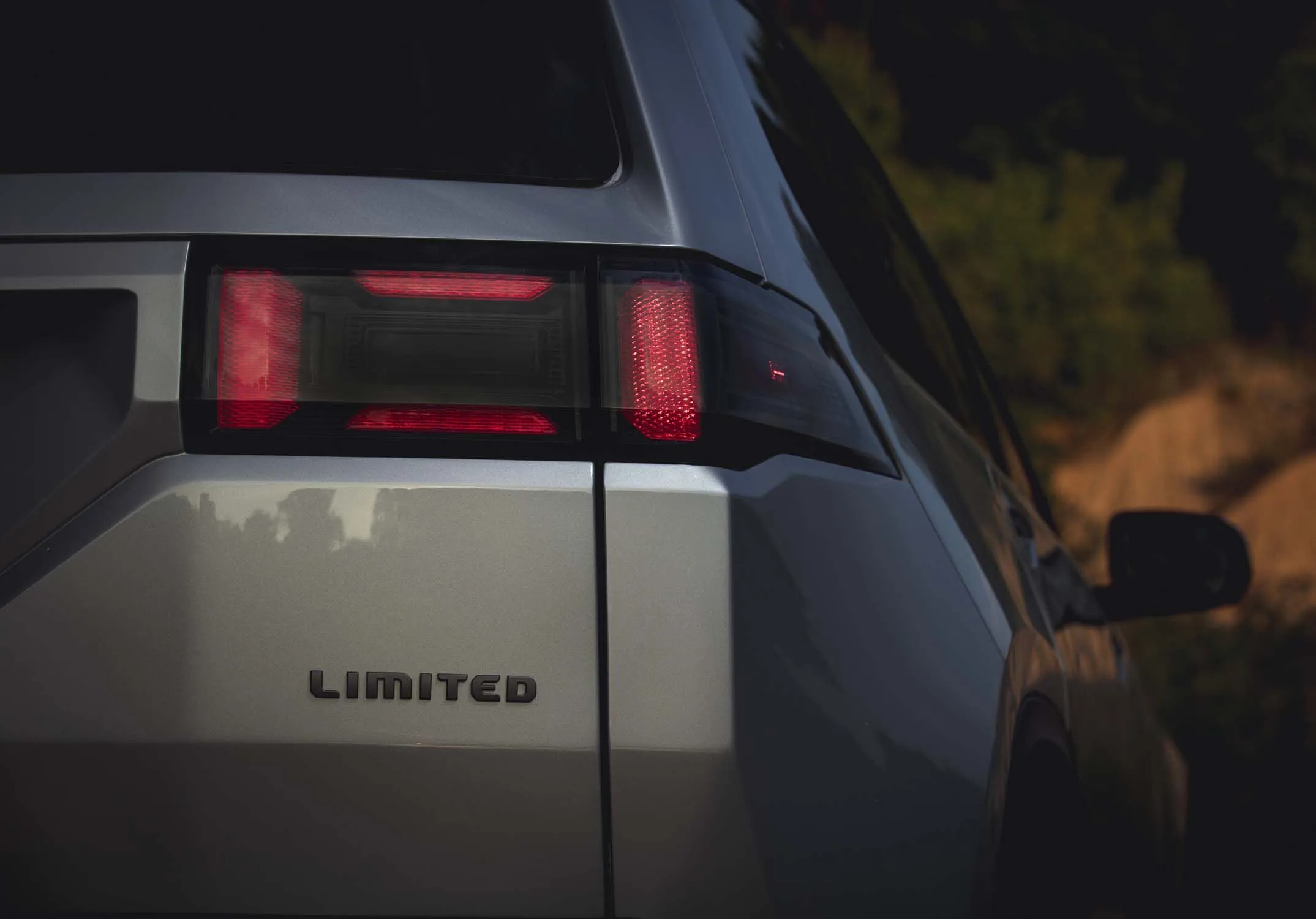
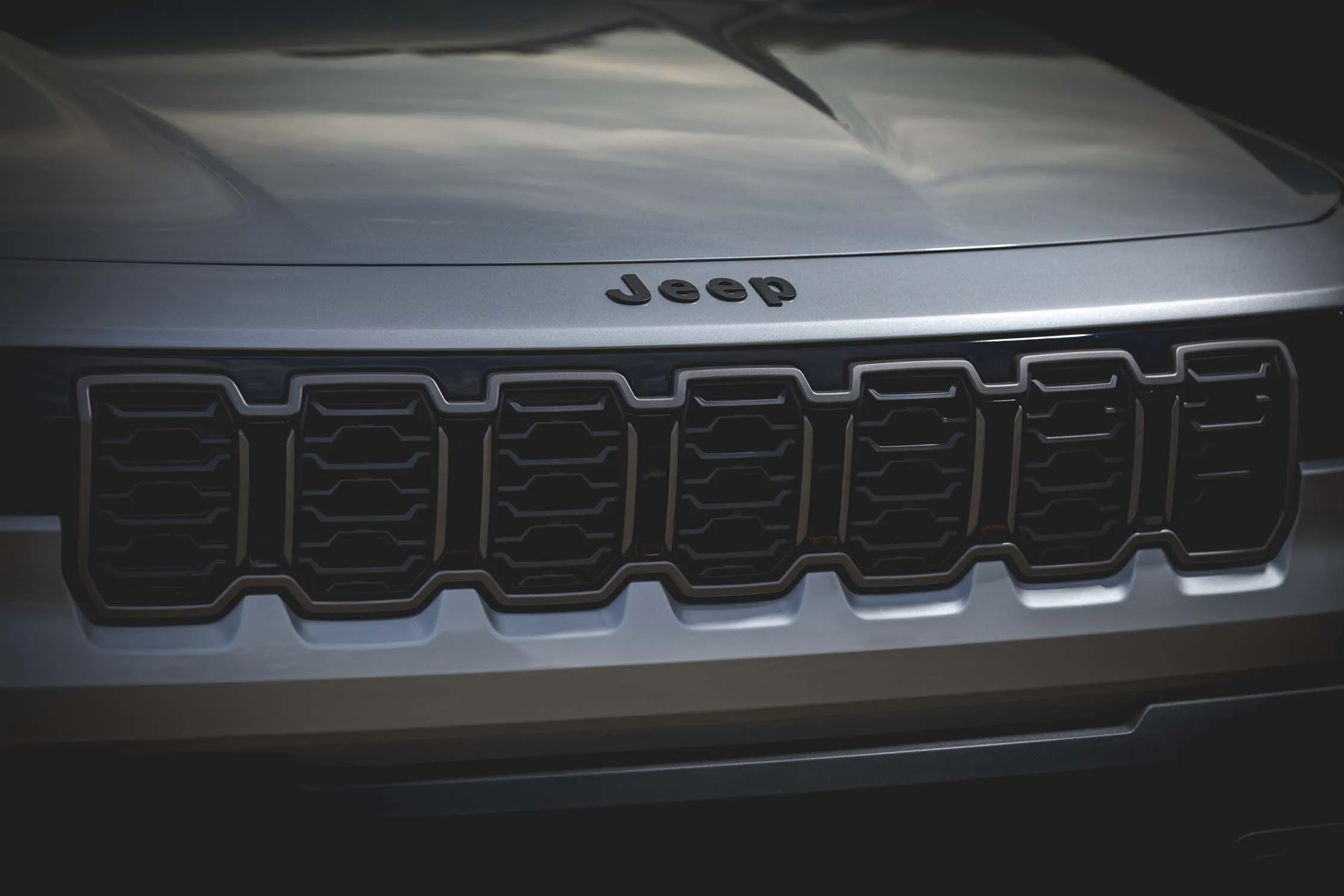
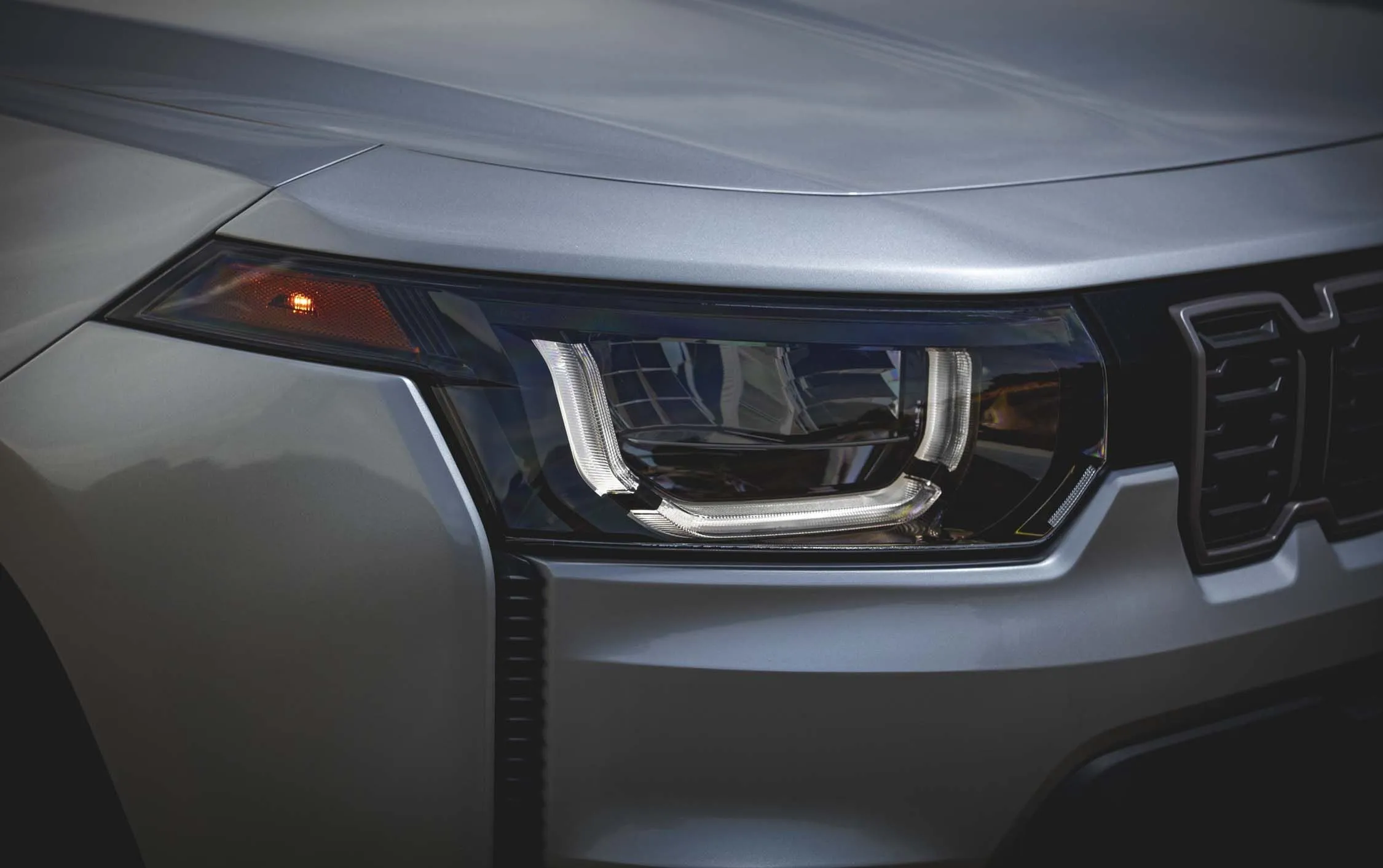
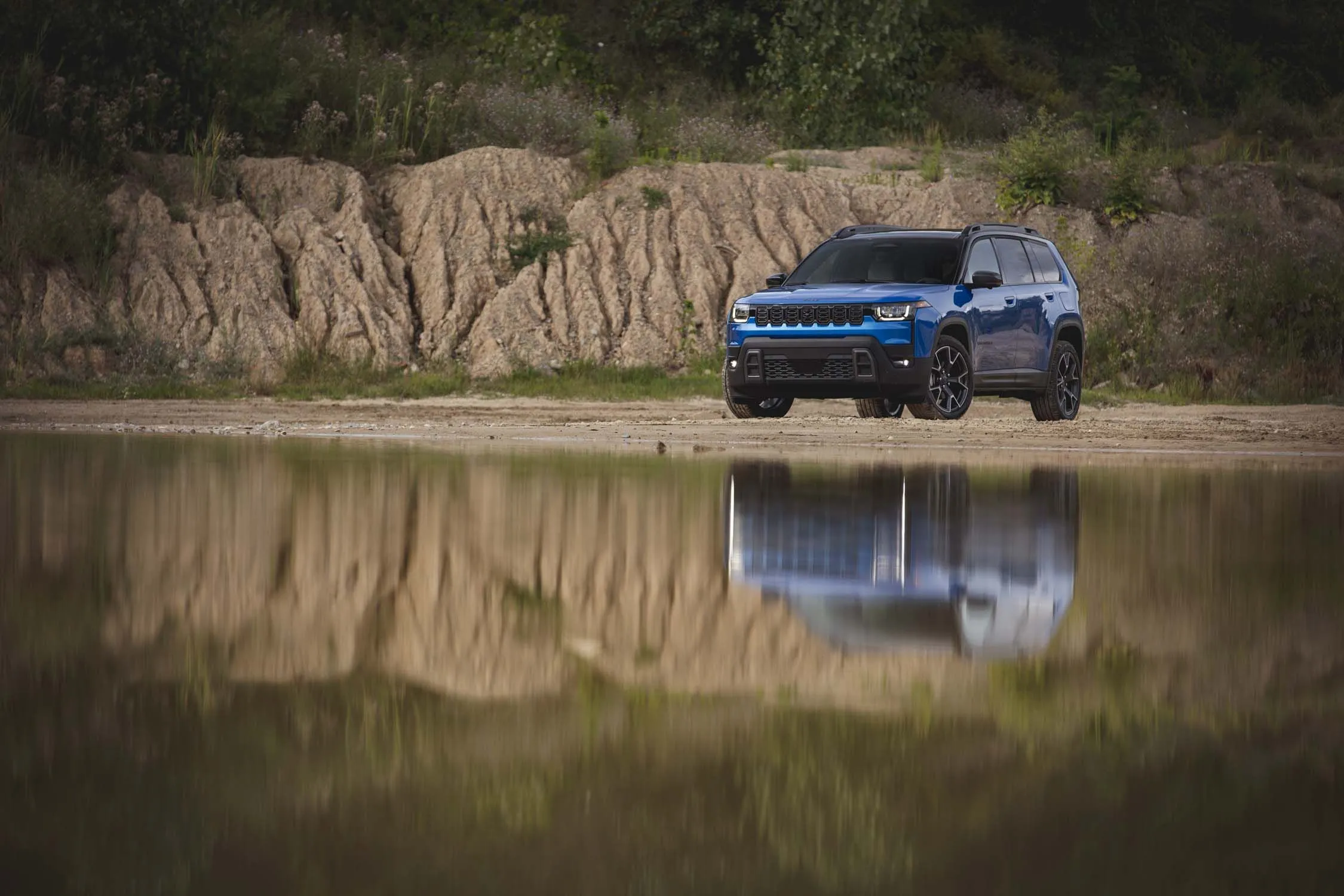

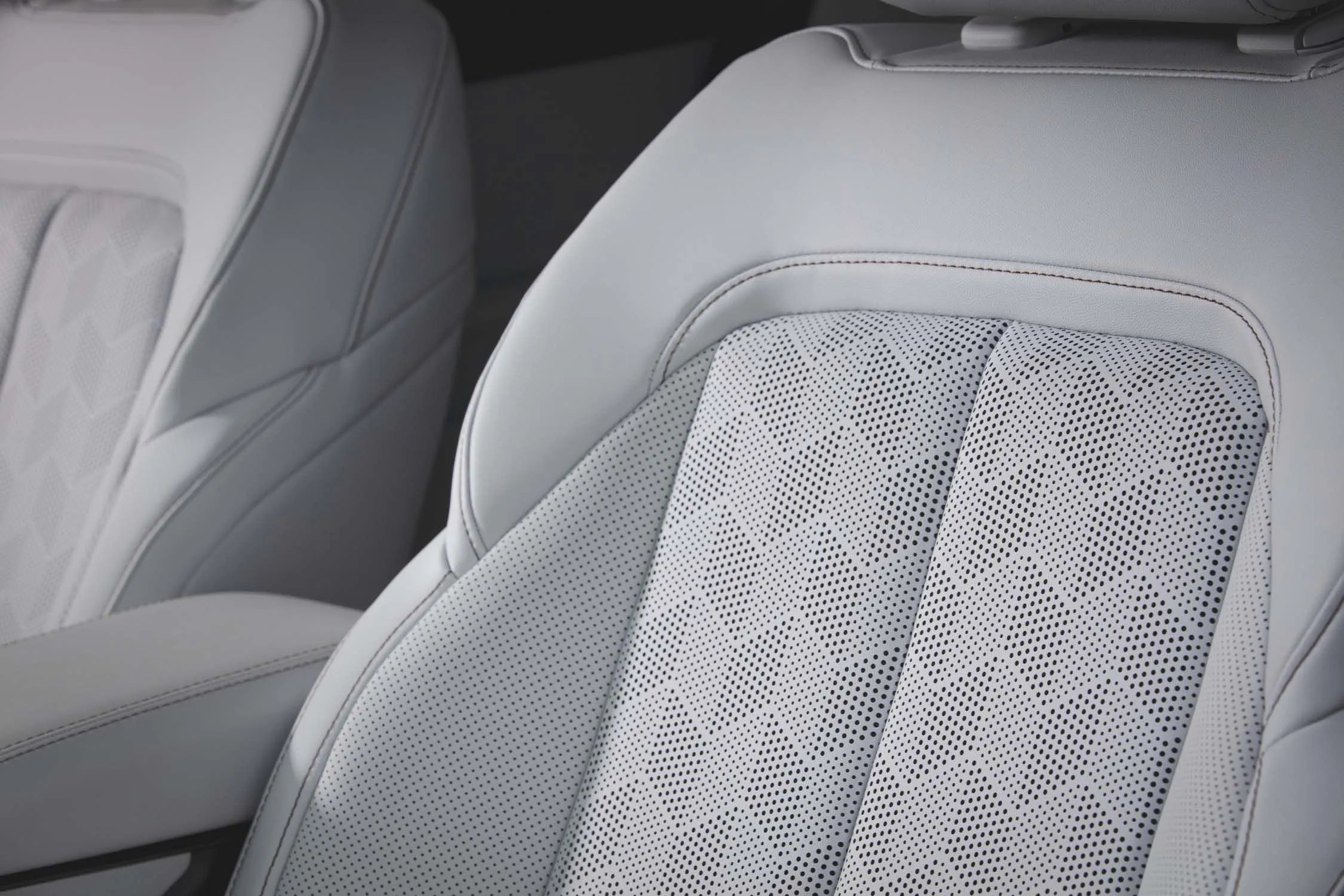
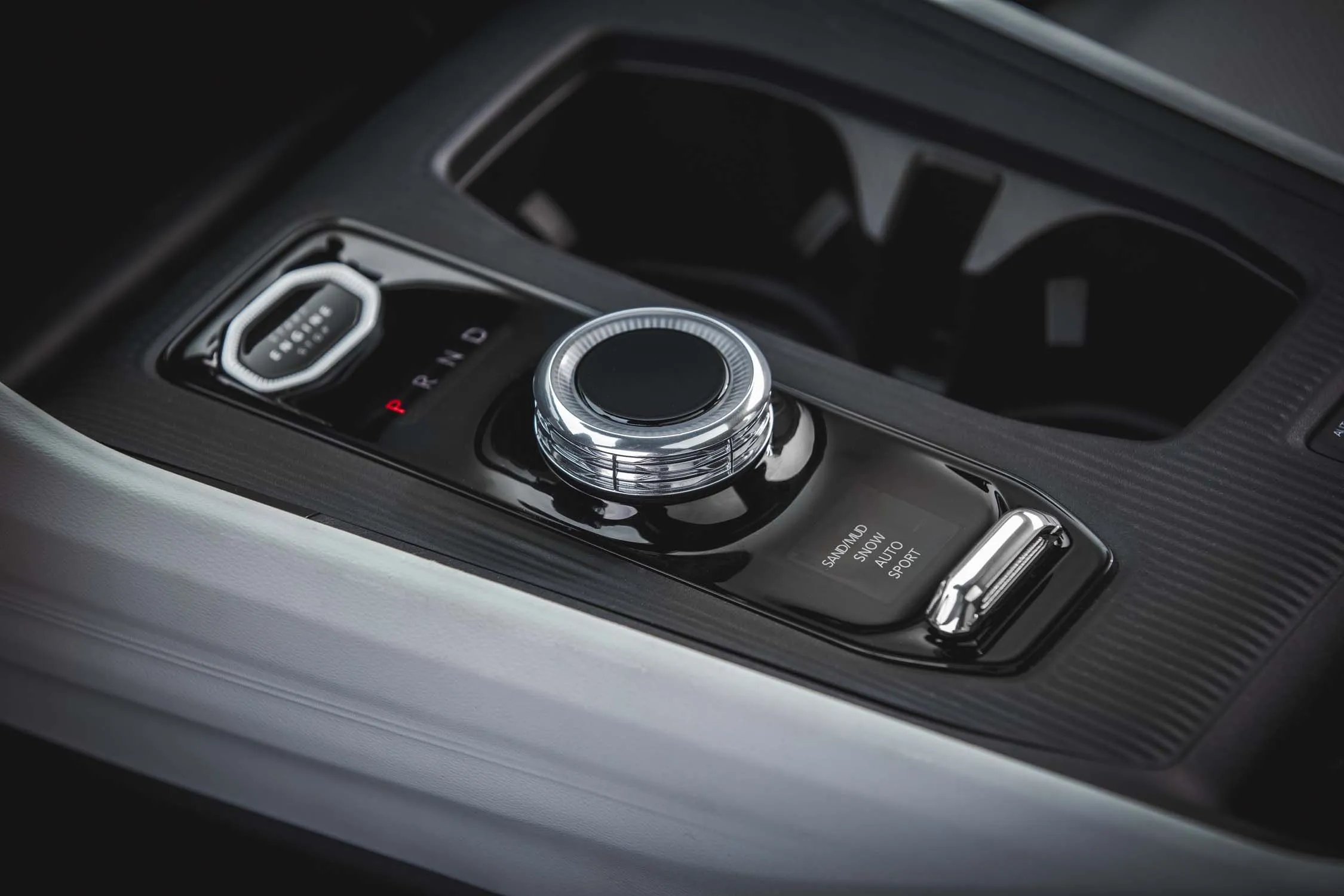


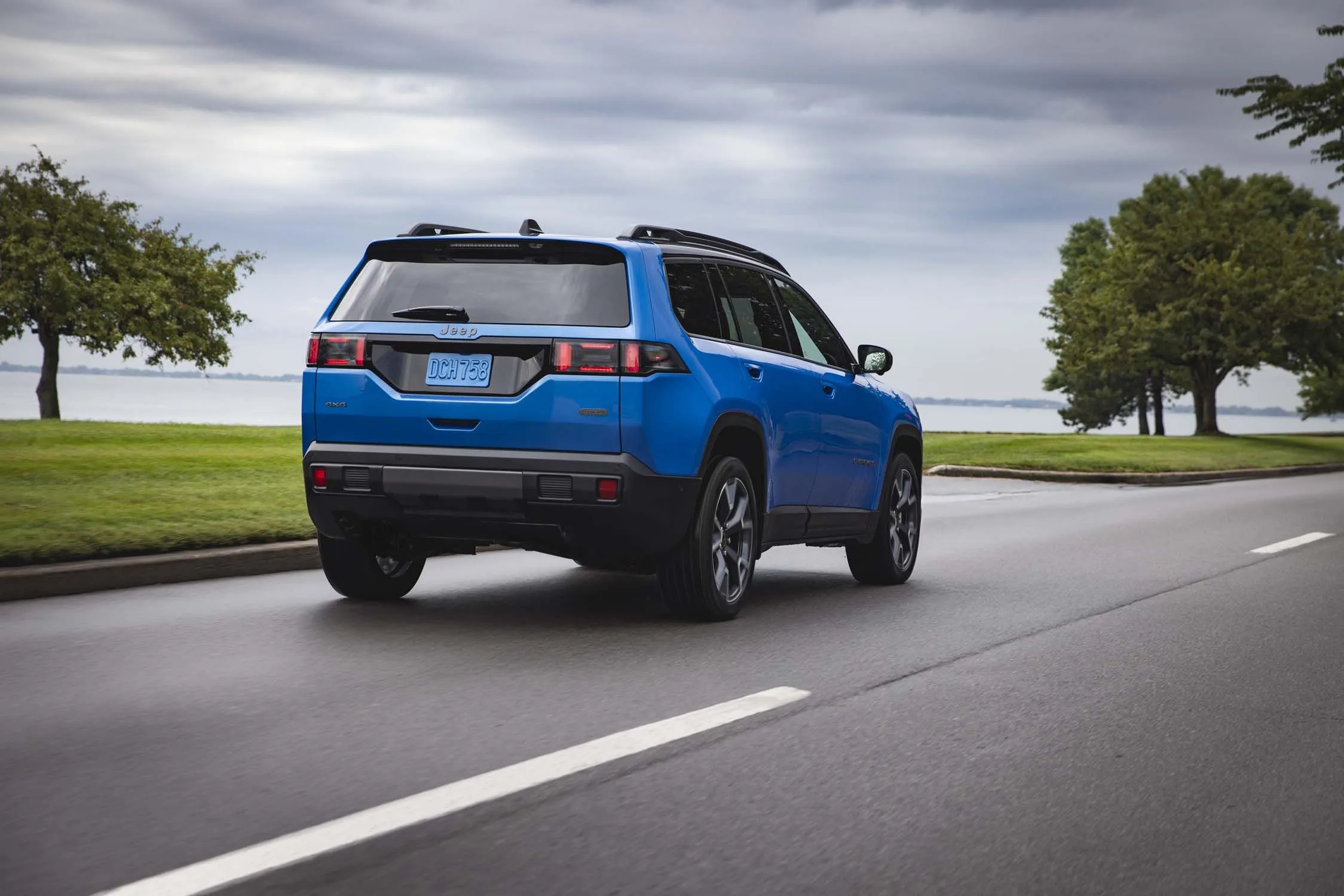


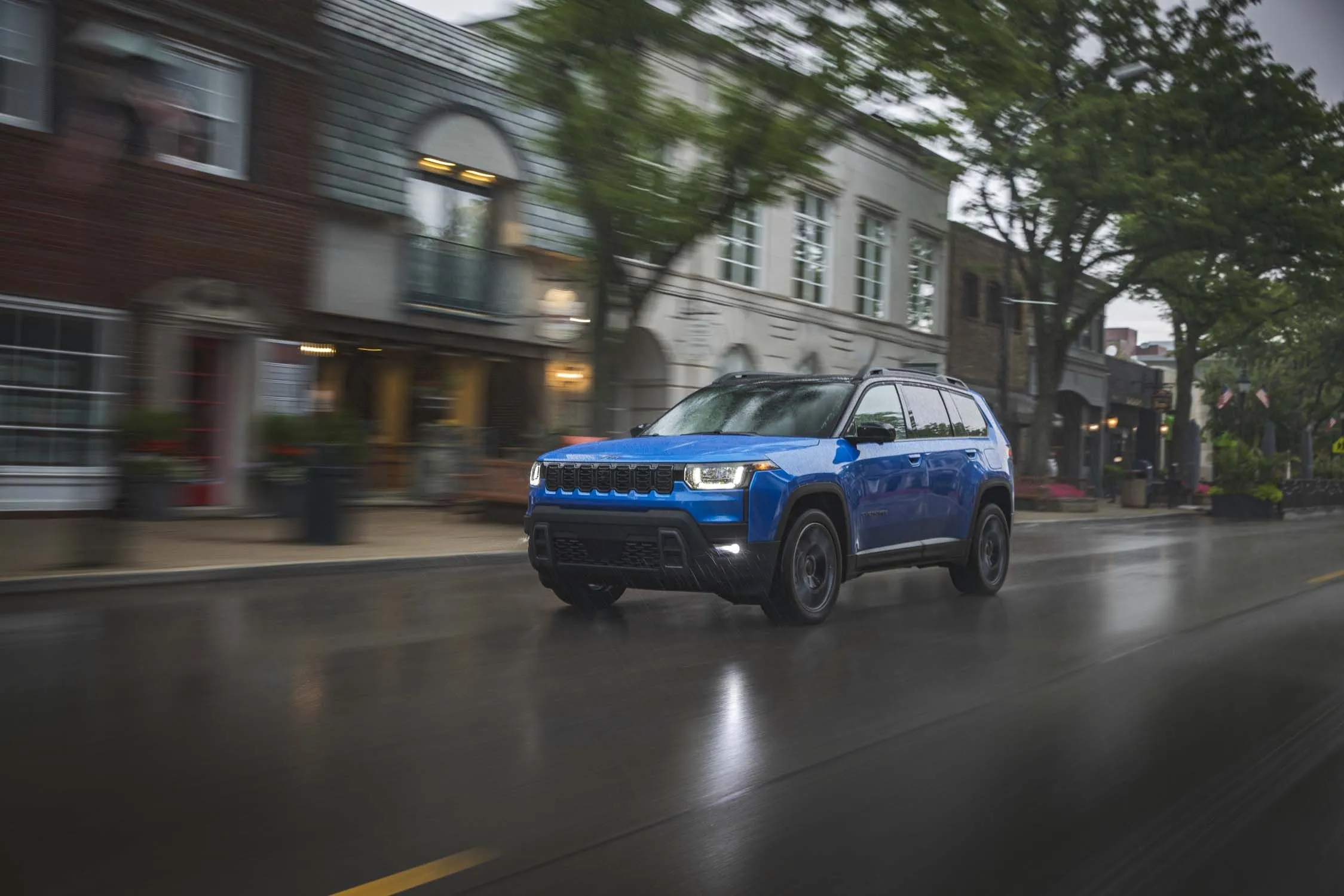

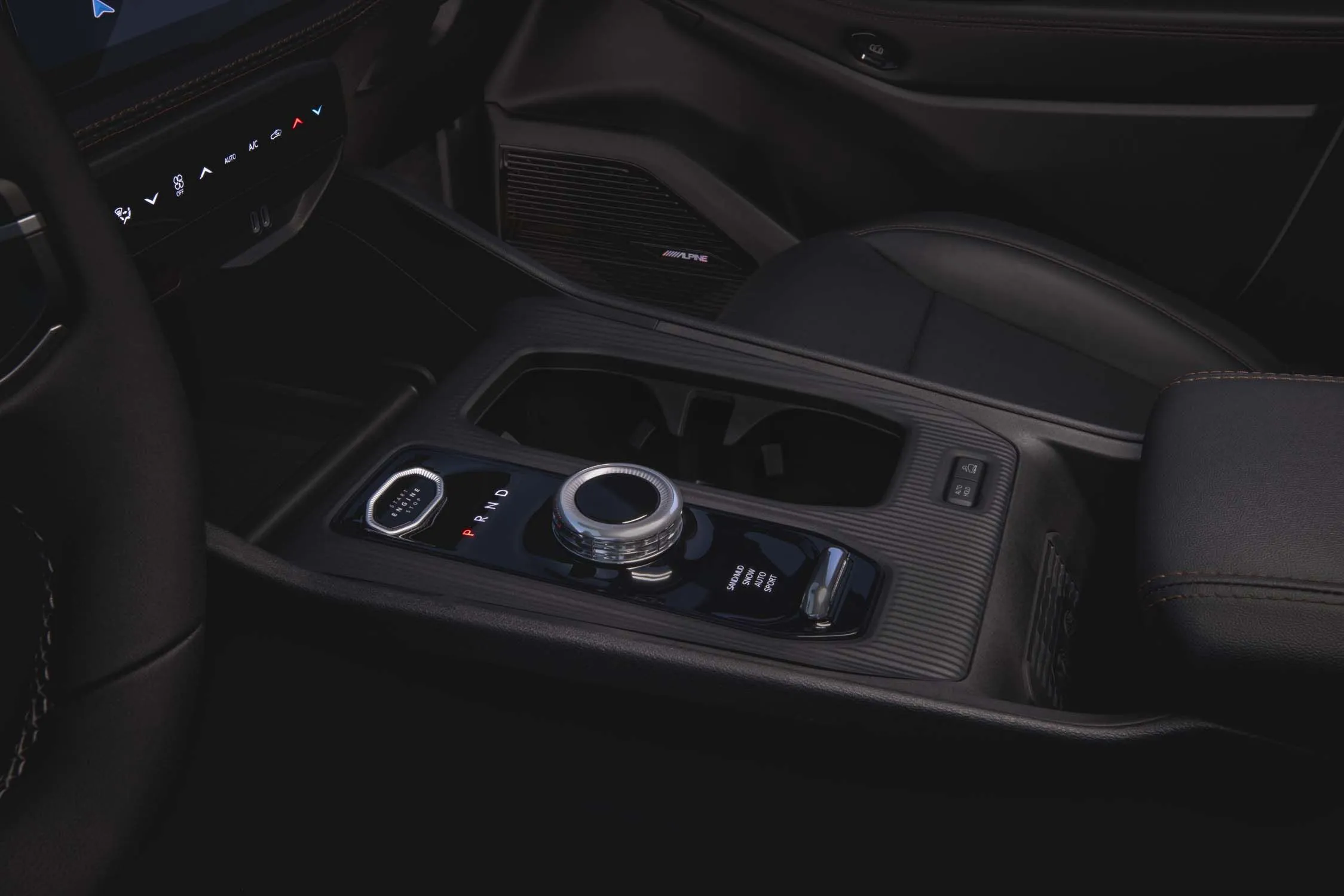
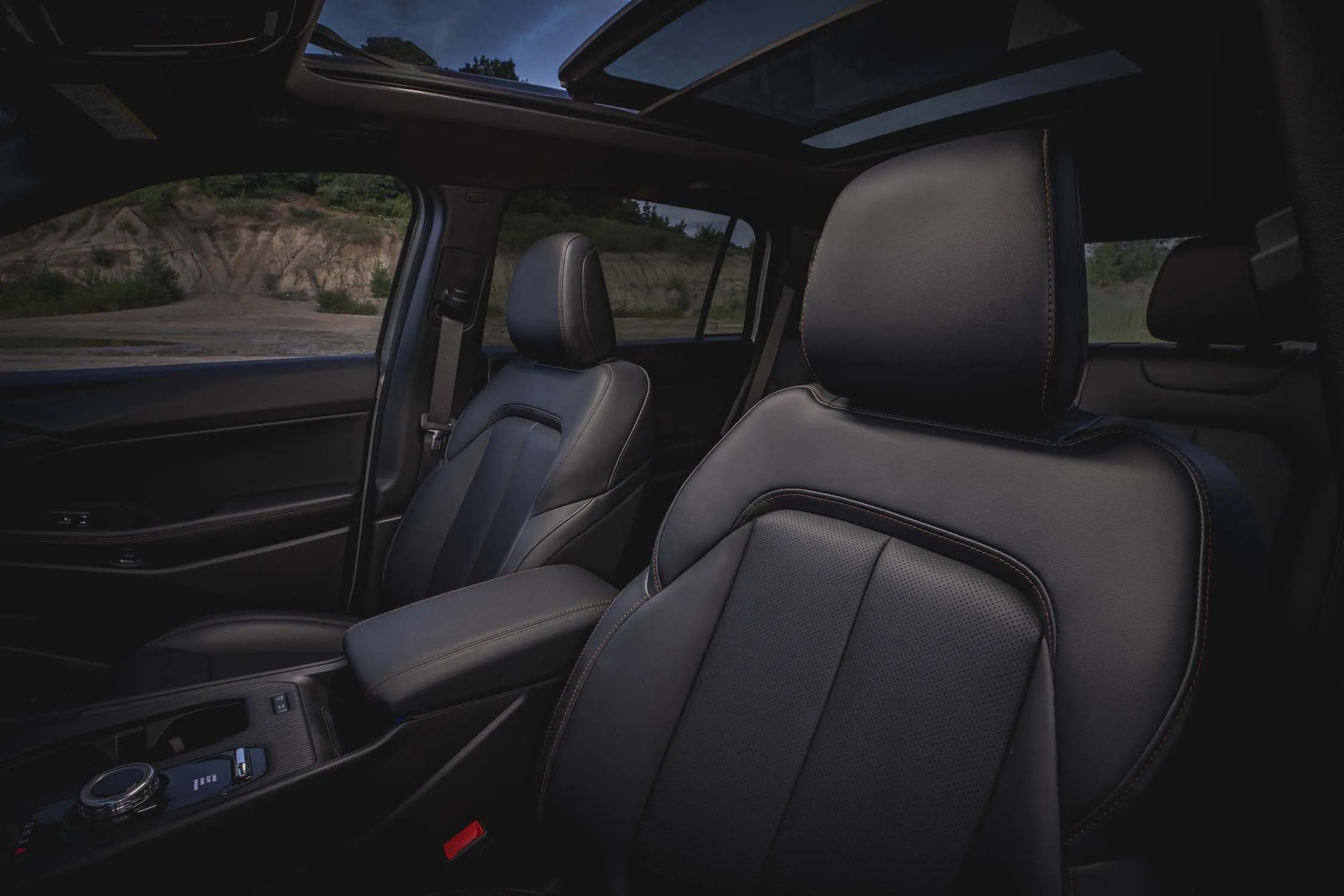
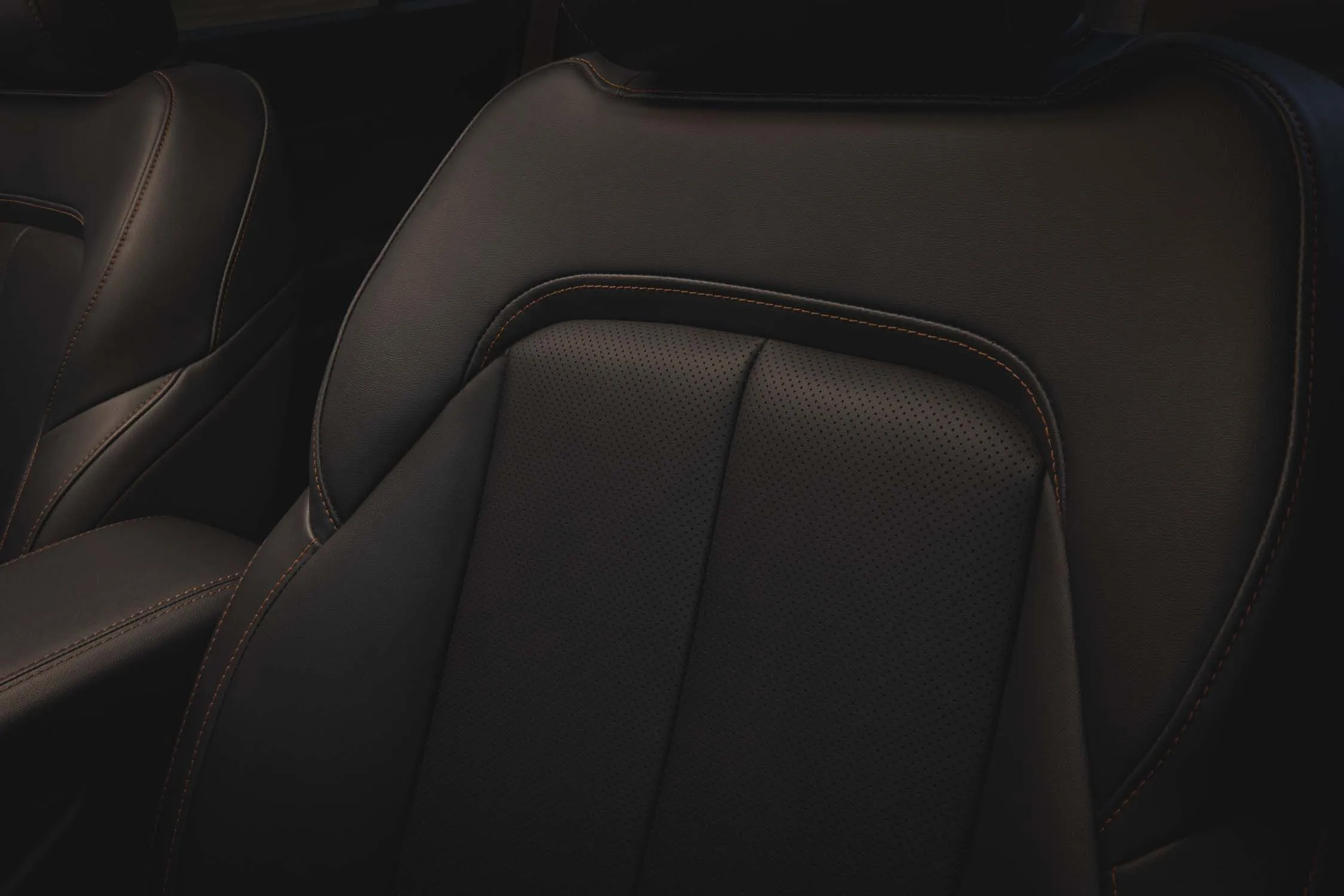
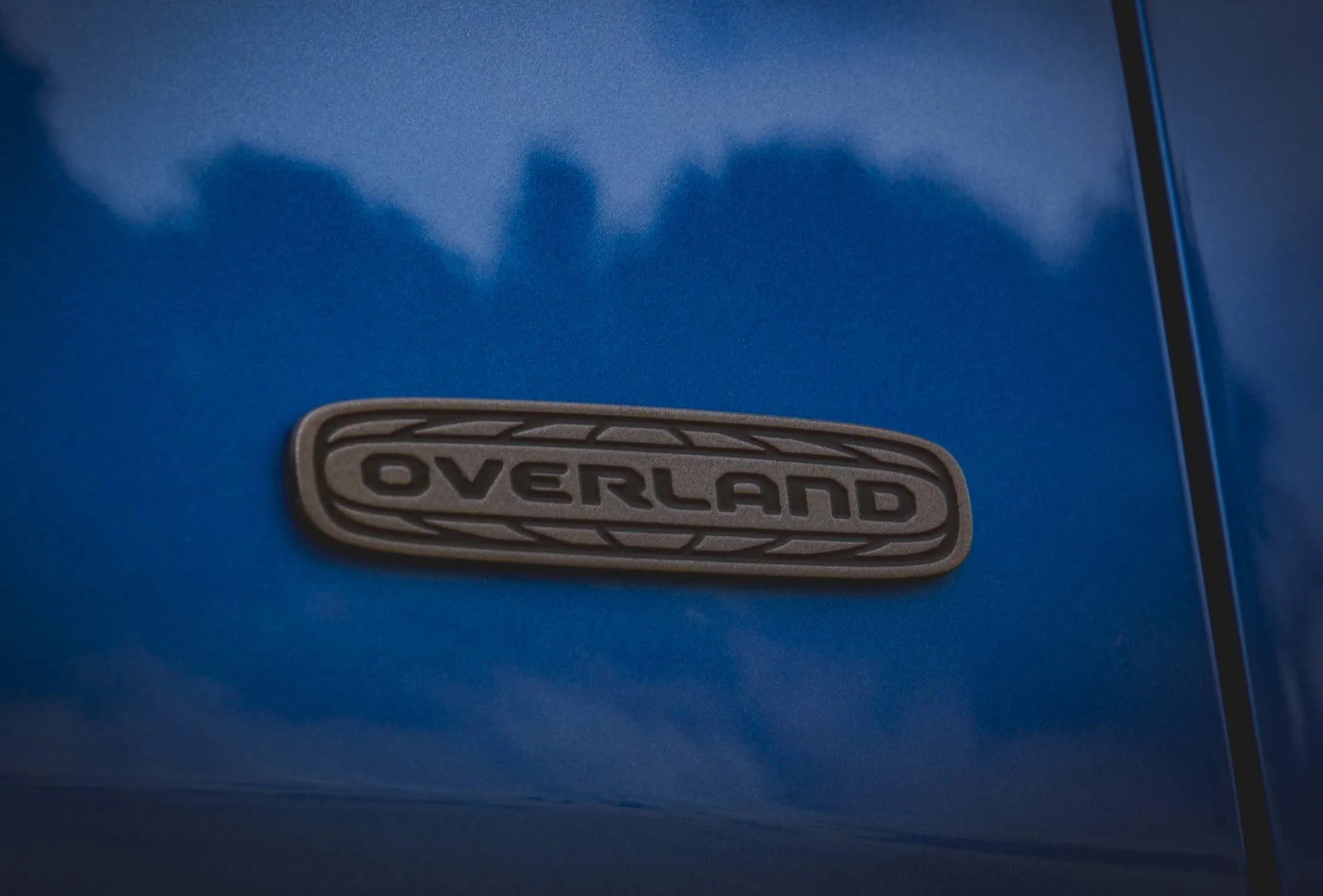
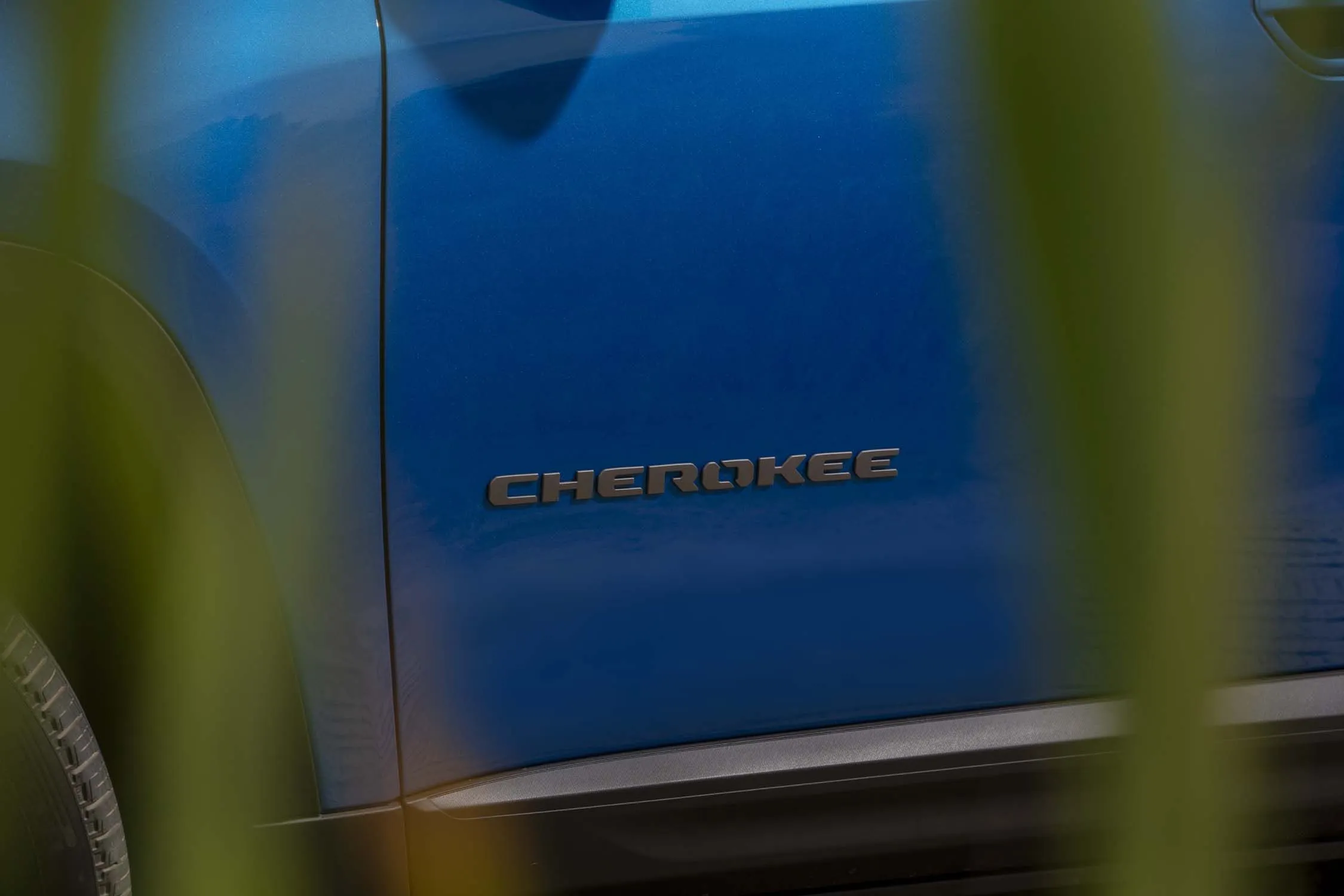
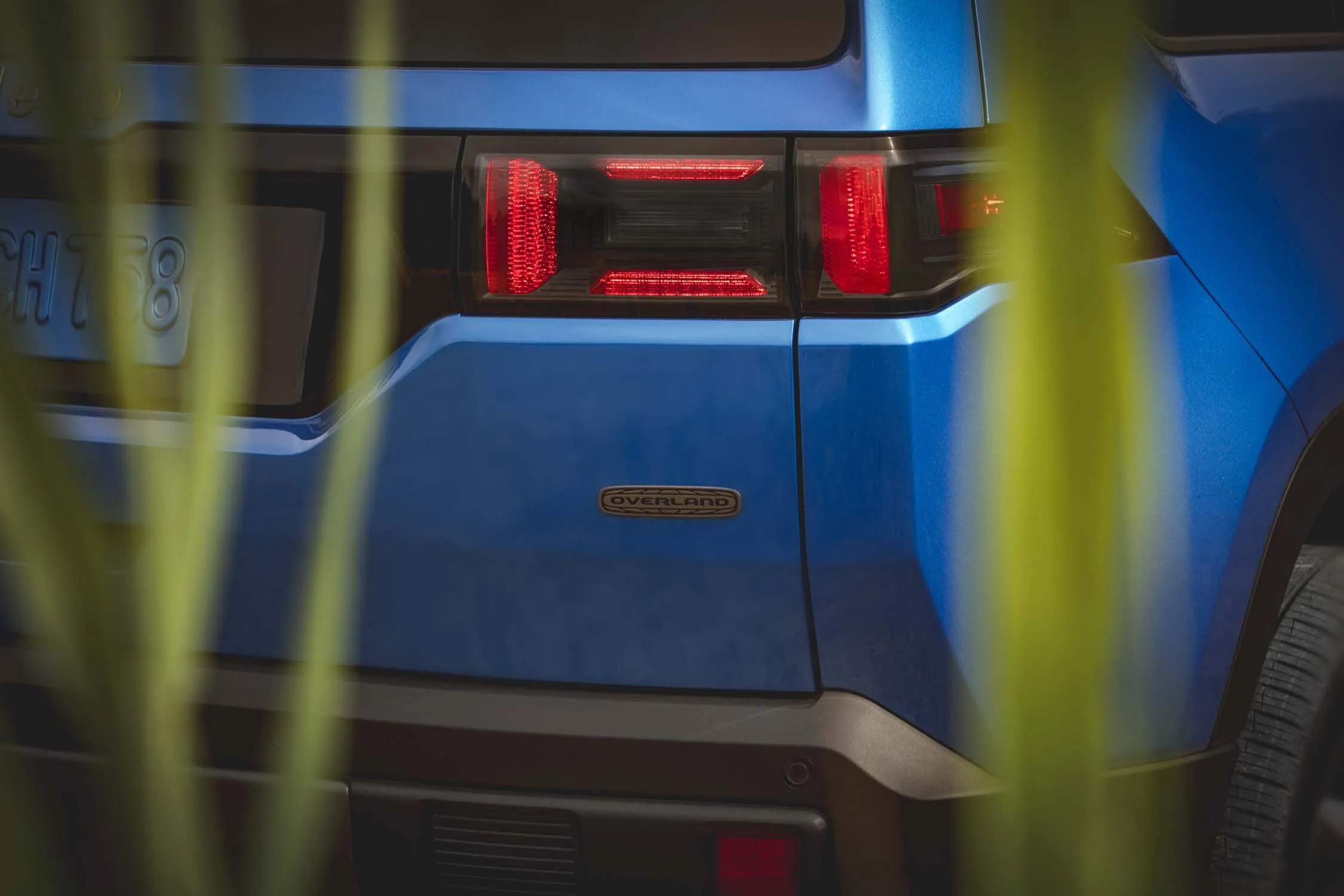
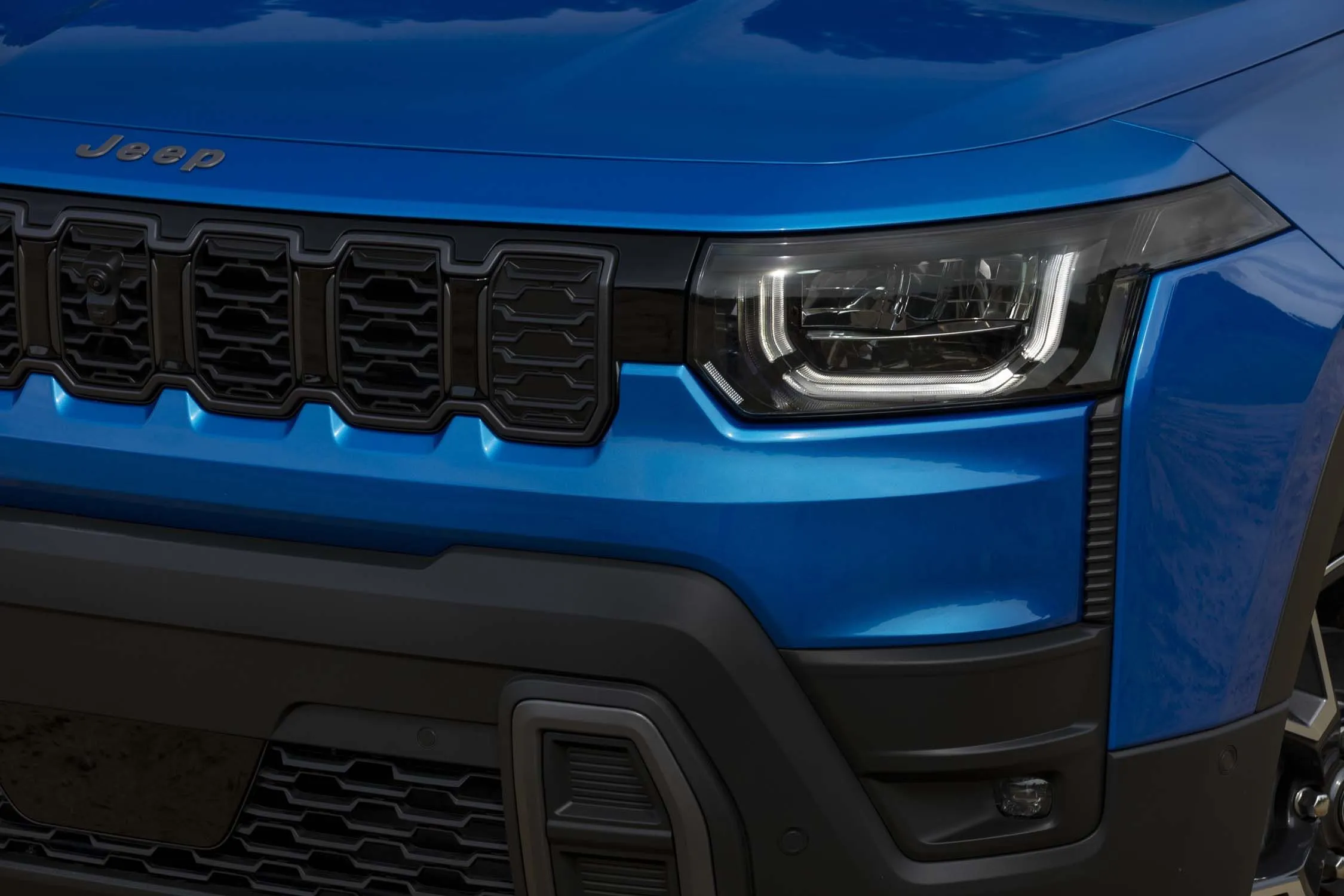
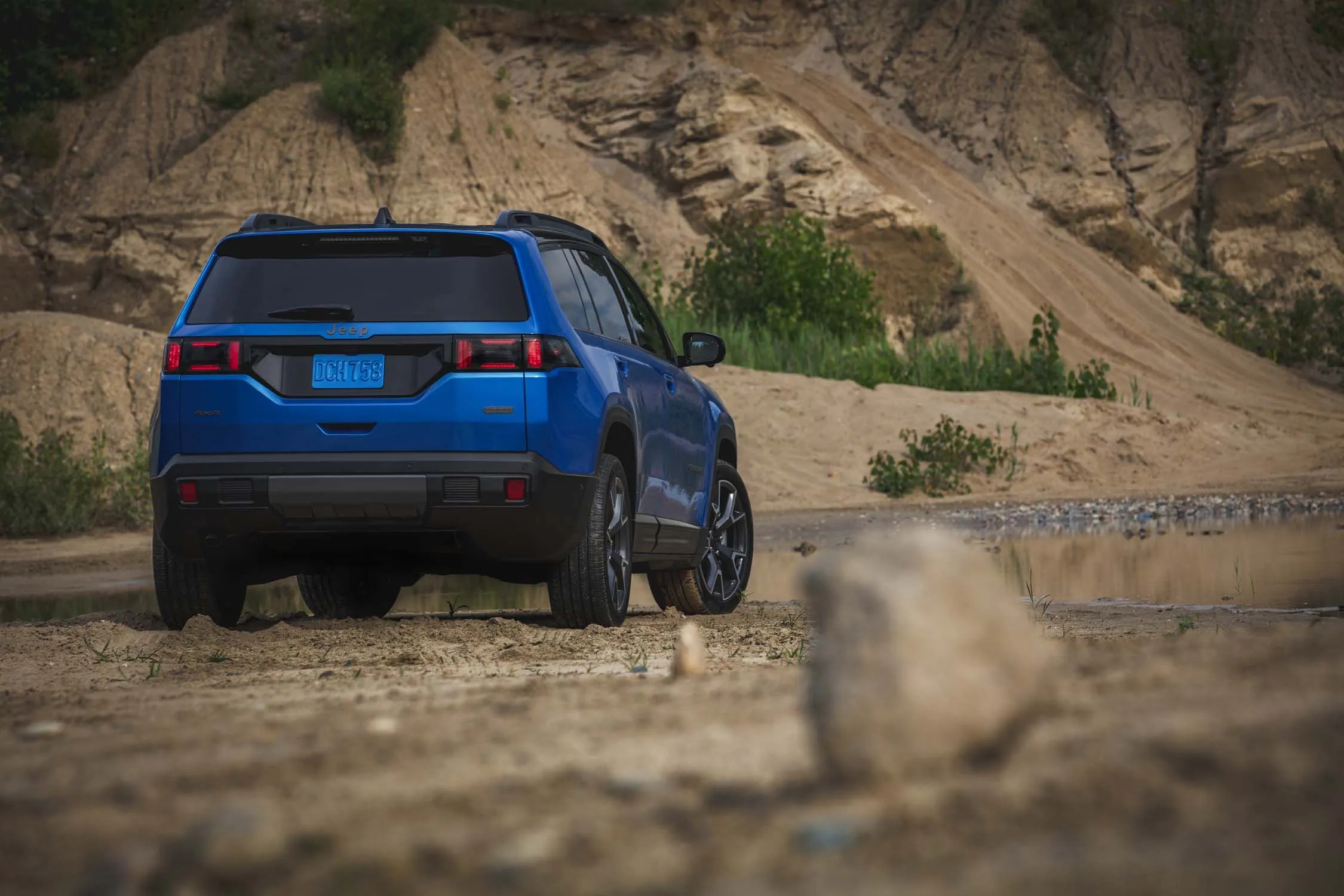
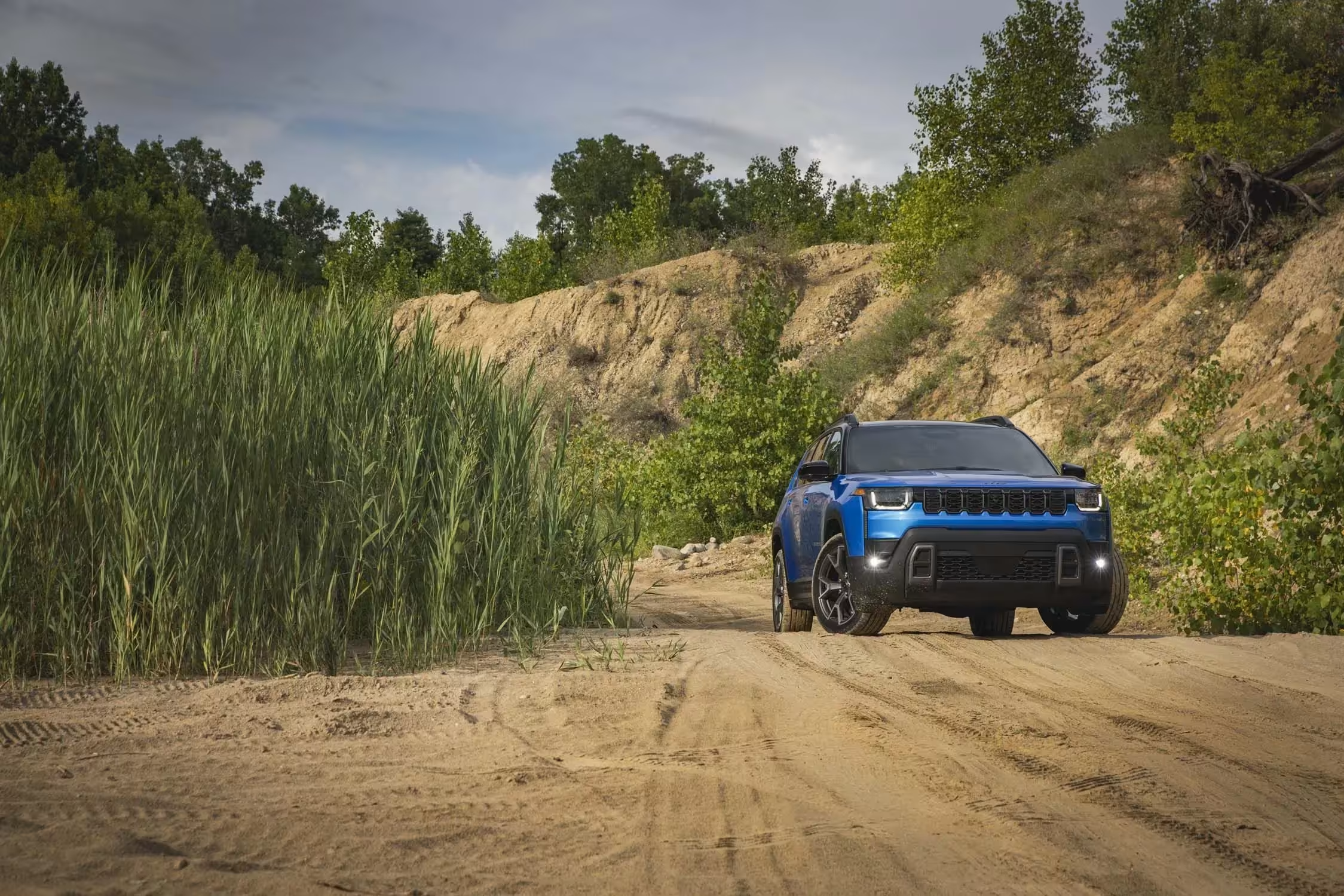
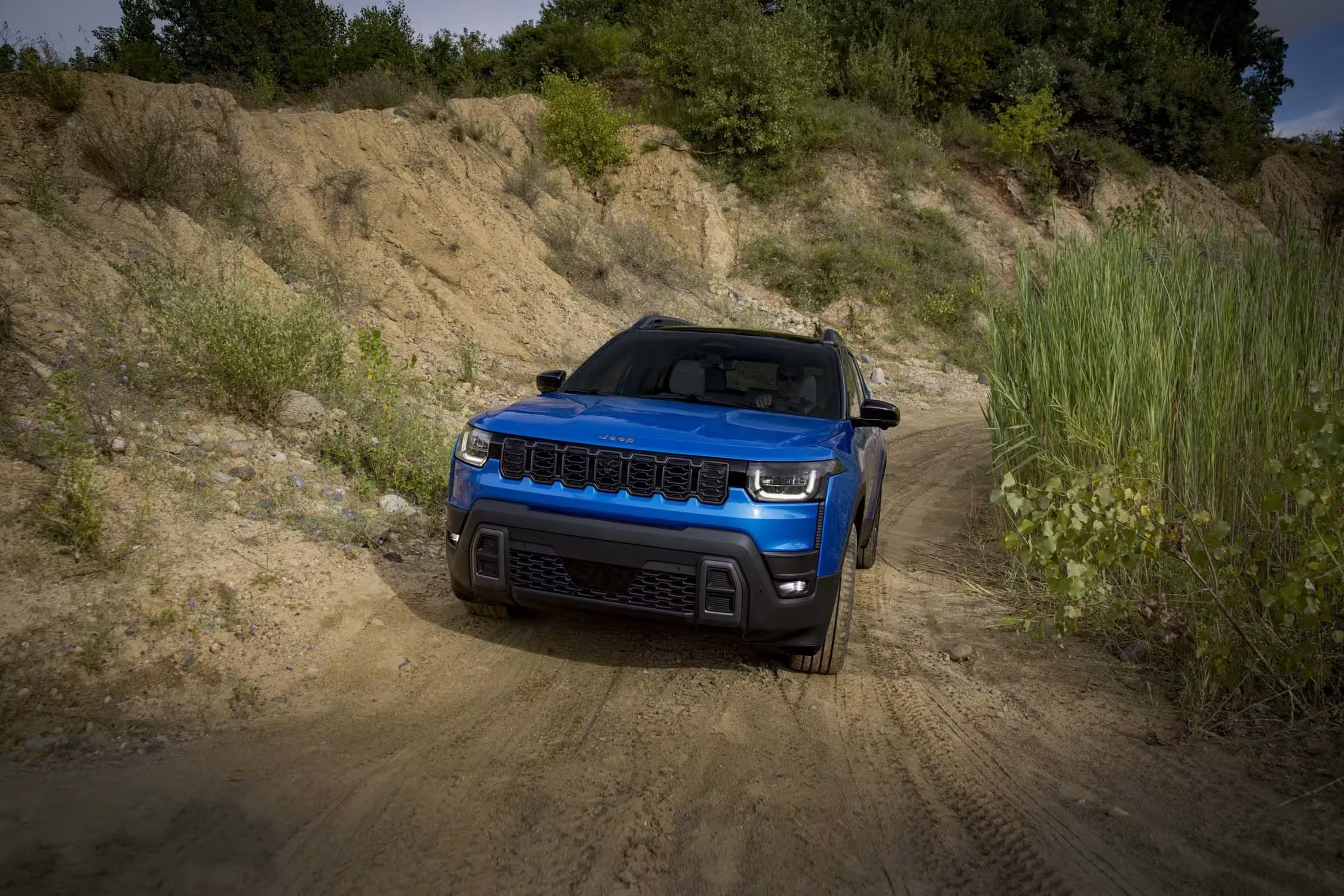

Author: Fabio Isidoro
Fabio Isidoro is the founder and editor-in-chief of Canal Carro, where he has been writing about the automotive world since 2022. Passionate about cars and technology, he began his journey on the HospedandoSites portal and today dedicates himself to creating technical content and comprehensive analyses of national and international vehicles. 📩 Contact: contato@canalcarro.net.br

